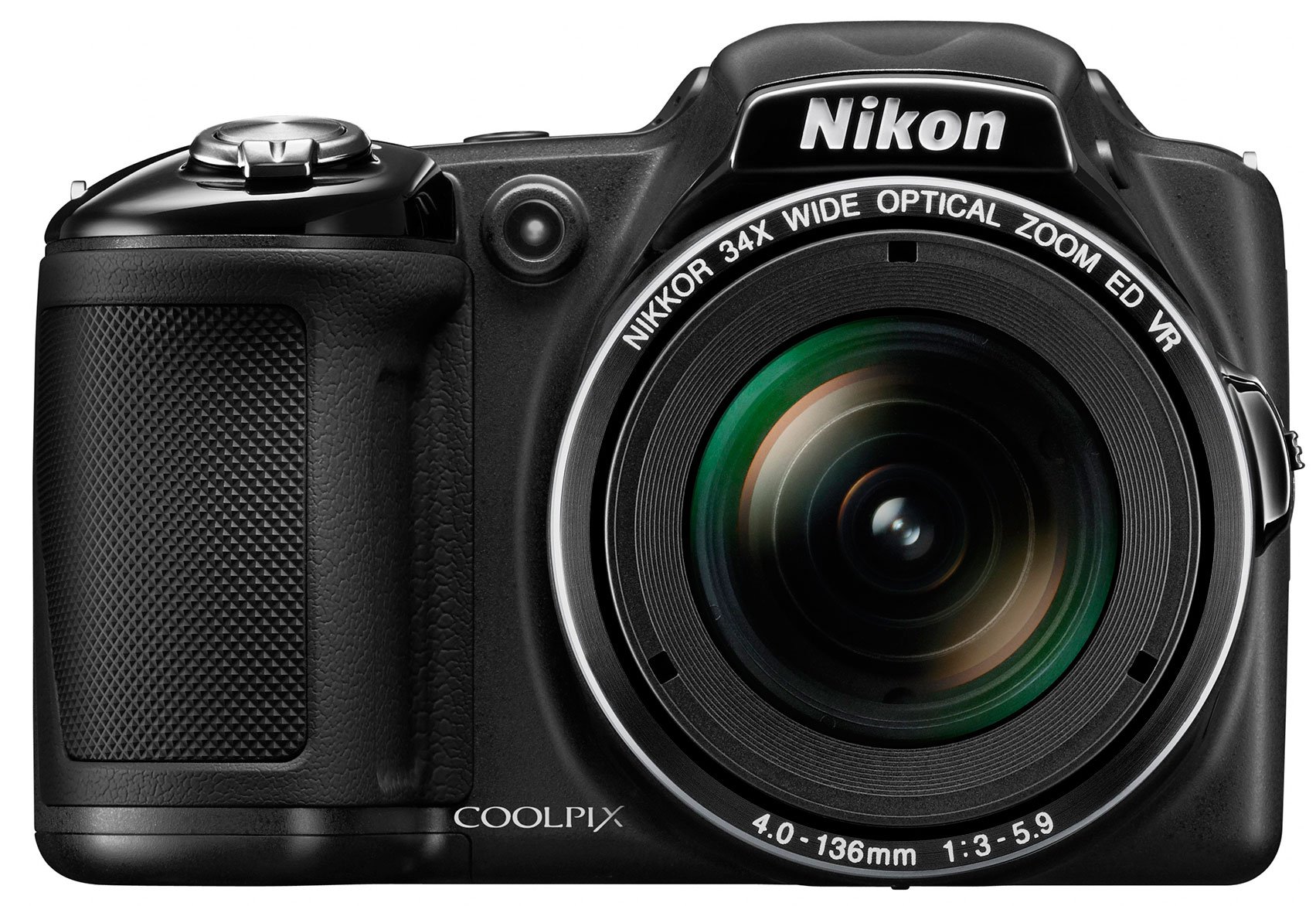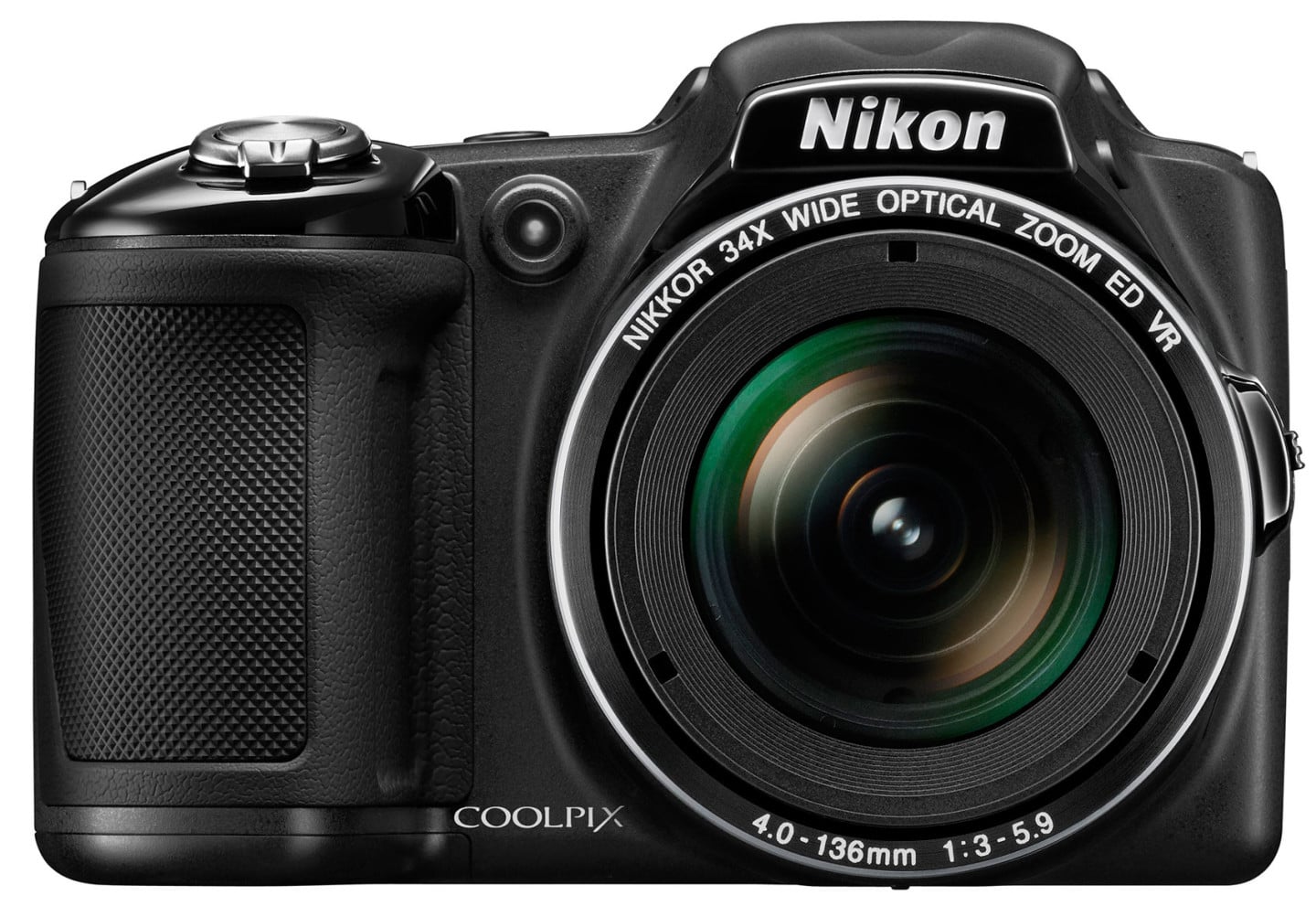
Nikon COOLPIX L830 review
-
-
Written by Gordon Laing
Verdict
The COOLPIX L830 Is a budget super-zoom that somehow manages to include features that you’d only expect to find on a more expensive model. There’s the zoom of course, a 34x optical range isn’t all that common in a model this size at this price. But the other stand-out feature is its 3 inch 921k dot resolution articulated screen.
It’s a point-and-shoot compact, so you wouldn’t expect it to be crammed with shooting modes, but in addition to two auto modes it has a good range of scene modes and effects, a panorama mode and even an HDR stacking mode.
Its video features likewise go well beyond what you’d expect from a super-zoom in this price range with a full HD 1080p mode backed up by a slew of other PAL and NTSC modes, an iFrame option and a choice of three high speed modes. And while it lacks the chops for full resolution continuous shooting for any meaningful length of time you can shoot a 5-frame burst at 6.7fps, there are two very fast reduced resolution modes and Nikon’s famous Best Shot Selector and multi-shot 16 modes. Add superb battery life, admittedly from a set of chunky AA’s, a good range of smile detect and self-timer functions, and great quality photos and the result is a lot of camera at a very competitive price. It’s no surprise it’s become such a big seller.
Compared to Canon PowerShot SX400 IS

The first point of comparison for two budget super-zooms has to be the lens. And the lesson here is that small differences in focal ranges don’t translate to big differences in viewing angles. The COOLPIX L830 goes a little wider and a little closer, it’s a difference, but not the most significant difference between these two super-zooms. Likewise the COOLPIX L830 has a slightly wider aperture at the wide angle setting, but practically speaking it won’t make that much of a difference. Much more significant is the difference in size and weight, the COOLPIX L830 is bigger and heavier due mostly to using AA batteries, but also its longer zoom and articulated screen.
Both models are equipped with a 16 Megapixel sensor, the COOLPIX L830 with a CMOS sensor and the SX400 IS with a CCD. The latter’s CCD sensor performs less well shooting into the light and with bright highlights when filming video. Aside from that there isn’t much to chose between them in terms of image quality or noise. Though the COOLPIX L830 does better at high ISO sensitivites, offers a very passable maximum 3200 ISO sensitivity setting compared with 1600 ISO on the SX400 IS and also has a stacking HDR mode.
The COOLPIX L830’s 3 inch 921k dot articulated screen outclasses the 3 inch 230k dot fixed screen of the PowerShot SX400 IS in several ways. They’re the same size and both look good, but the COOLPIX L830’s is more detailed and can be angled up or down. The COOLPIX L830 also offers more sophisticated information overlays including a 16:9 movie area.
The Digic 4+ processor in the SX400 IS offers more sophisticated scene processing than the COOLPIX L830 and its effects filters are more versatile. But in almost every other respect the COOLPIX L830 has more to offer. It has more useful scene modes including a stacking HDR mode, panoramas, and Smart portrait mode for automatically capturing smiling faces. It also has 6.7fps full resolution continuous shooting, albeit only for a 5-frame burst, plus a raft of reduced resolution burst modes. In its favour the SX400 IS has novice-friendly Live View Control and a miniature mode that can be used for at one of three speeds for movie recording.
But its miniature mode is about the only thing the SX400 IS has in its favour when it comes to movies. With a Full HD 1080p25/30 mode, 1080i, 720p, iFrame encoding and three high speed modes, the COOLPIX L830 walks all over the SX400 IS when it comes to video – the best the SX400 IS can offer is 720p25/30 and VGA, most smartphones can do better than that.
Lastly, we come to price. As usual it depends when and where you shop, but at the time of writing both the COOLPIX L830 and PowerShot SX400 IS are evenly matched. That being so, unless compactness and style, both of which the SX400 IS has more of, are very high priorities for you, the Nikon COOLPIX L830 is a better equipped and more feature filled super-zoom for your money.
See my Canon SX400 IS review for more details.
Nikon COOLPIX L830 final verdict
Since its launch earlier in 2014, the COOLPIX L830 has proved to be one of the year’s most popular super-zooms and it’s not hard to see why. It’s tempting for manufacturers of budget models to concentrate on one element – in this case the zoom – and pare everything else back to the bare minimum. But the L830 is very generously equipped and is packed with features like great continuous shooting, versatile video and practical scene modes.
There are things that could be improved on. While it’s great to have long battery life, the choice of AA’s adds a lot of bulk and weight, and the battery life indicator isn’t the most reliable. And Nikon persists with the stupid (there’s no other word for it) lens cap that stops the lens extending and causes an error when you turn the camera on. Finally, there’s no Wifi, although it would have increased the price-point.
Those gripes aside the COOLPIX L830 is without question the best value budget super-zoom currently available, which must surely quality it for a Cameralabs Highly Recommended award.
Good points
34x optical stabilised zoom.
3in 921k dot articulated screen.
Long life from NiMH and Lithium AAs.
Wide range of movie modes including 1080p.
Bad points
Lens cap blocks lens on power up.
Bulky and heavy AA batteries.
Delete button active in shooting modes.
No Wifi.





